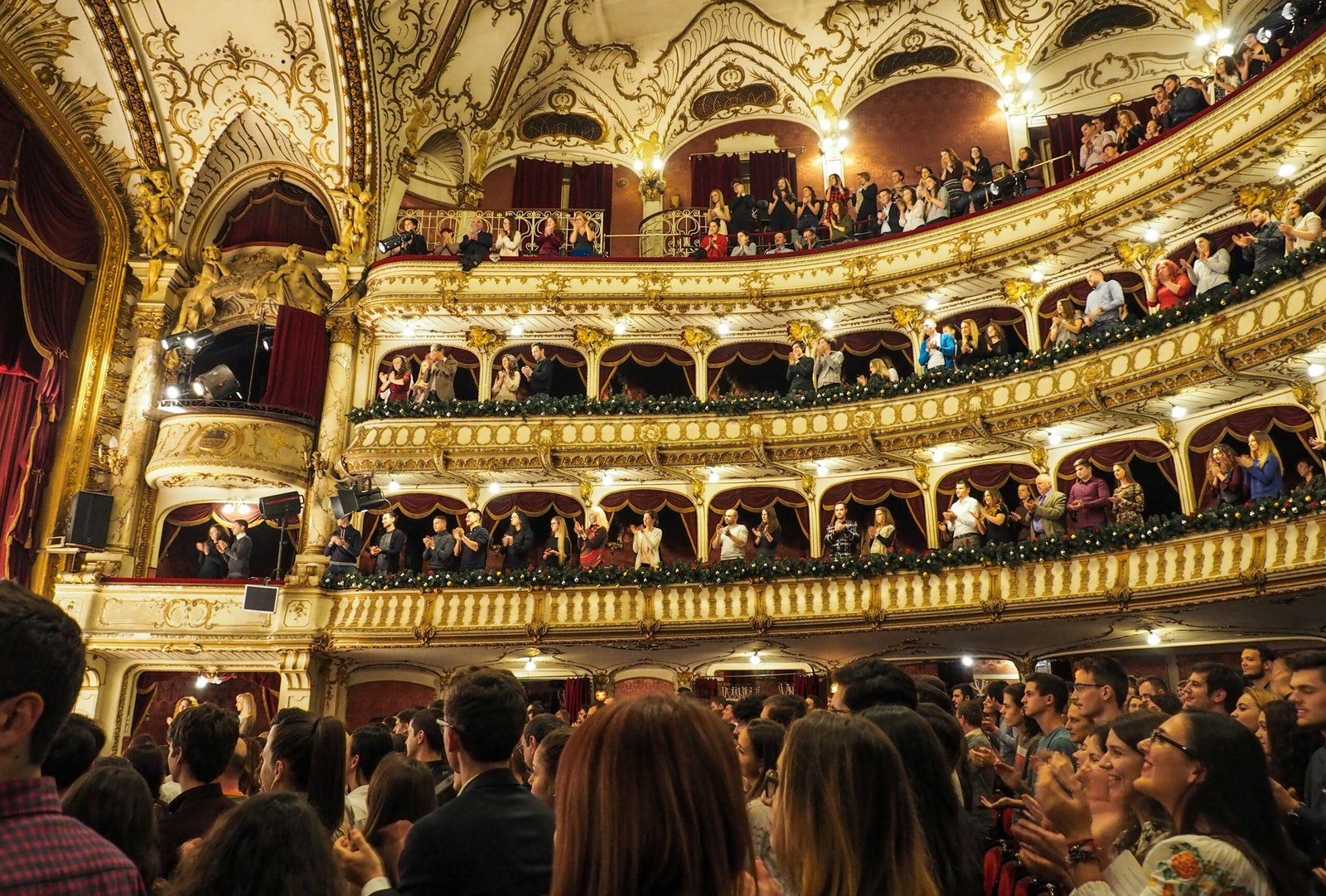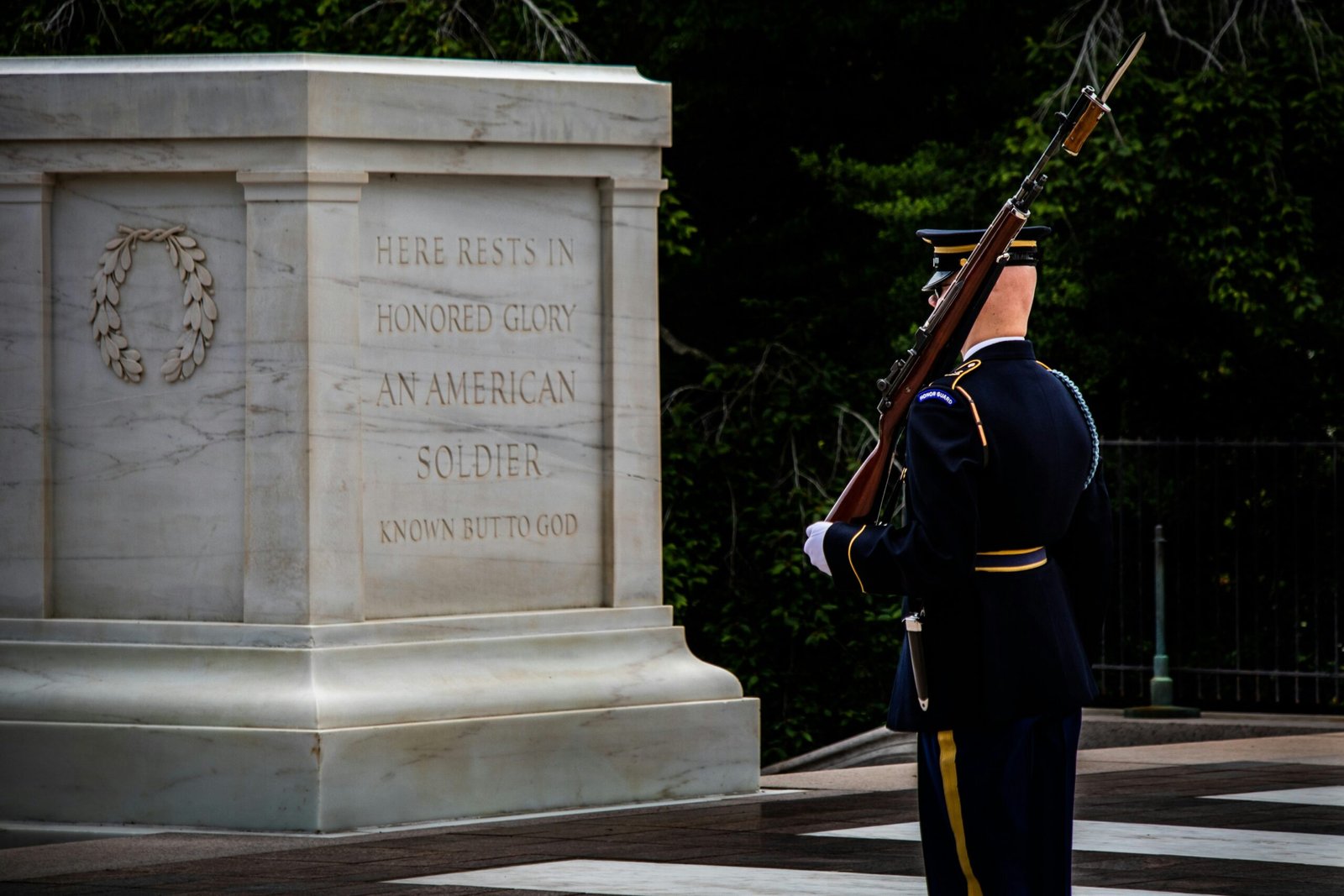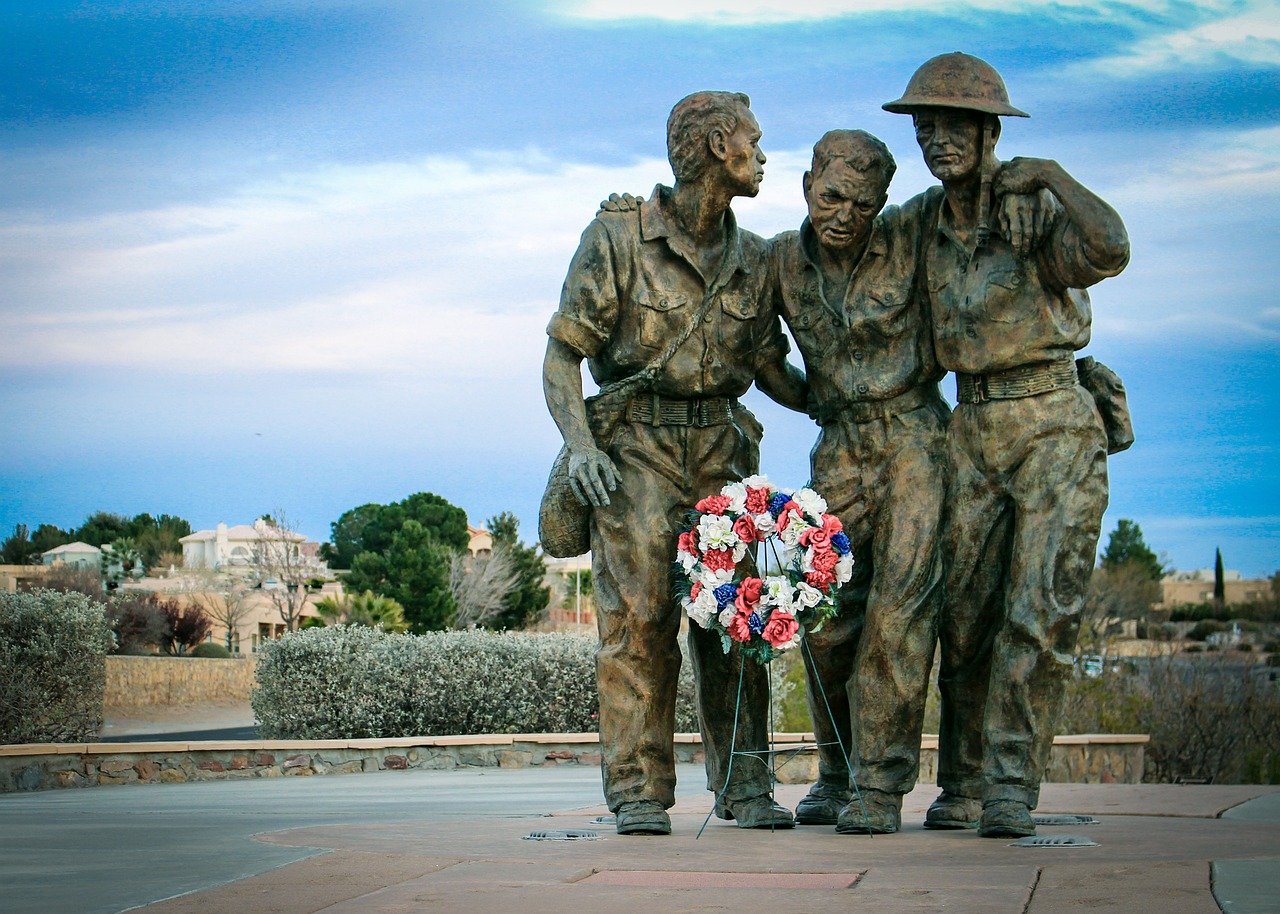United States Holocaust Memorial Museum
The United States Holocaust Memorial Museum plays a crucial role in remembering the Holocaust’s victims. It also educates future generations about the dangers of hatred and bigotry.
The idea for the museum began in the late 1970s and early 1980s. During this time, people recognized the importance of the Holocaust in American history. They saw the need for a dedicated space to honor its victims.
On June 4, 1989, the museum held its groundbreaking ceremony on the National Mall in Washington, D.C. This location symbolizes American history and values.
The museum officially opened on April 26, 1993. This marked a significant moment in American history, representing a commitment to ensure that the Holocaust is never forgotten. The Holocaust Memorial Council, established by Congress, oversees the museum’s development and mission.
The United States Holocaust Memorial Museum serves as both a memorial and an educational institution. It emphasizes the importance of remembrance and the need for vigilance against all forms of hatred. By visiting, people can learn about the past and reflect on how to prevent such atrocities in the future. This museum stands as a powerful reminder of our shared responsibility to foster tolerance and understanding in society.
Exhibits and Collections: A Journey Through Time


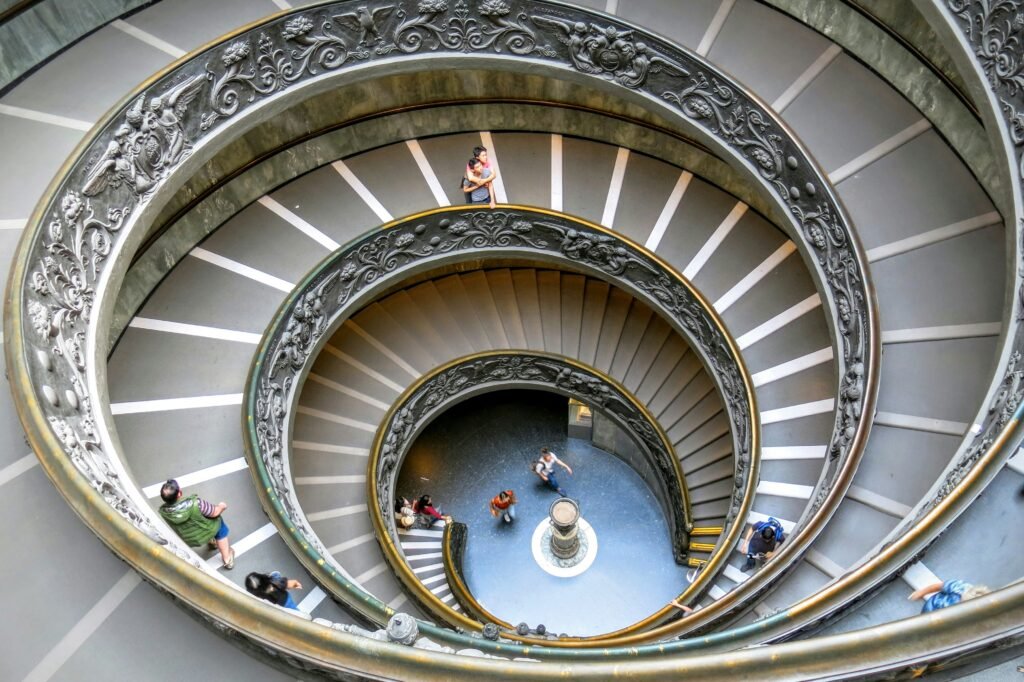
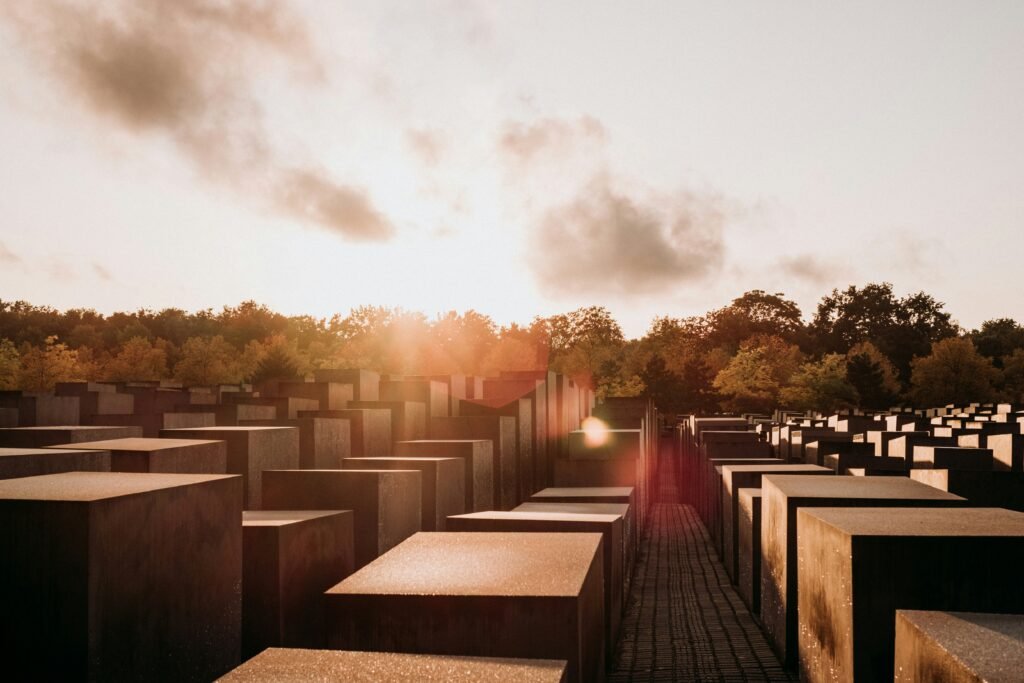
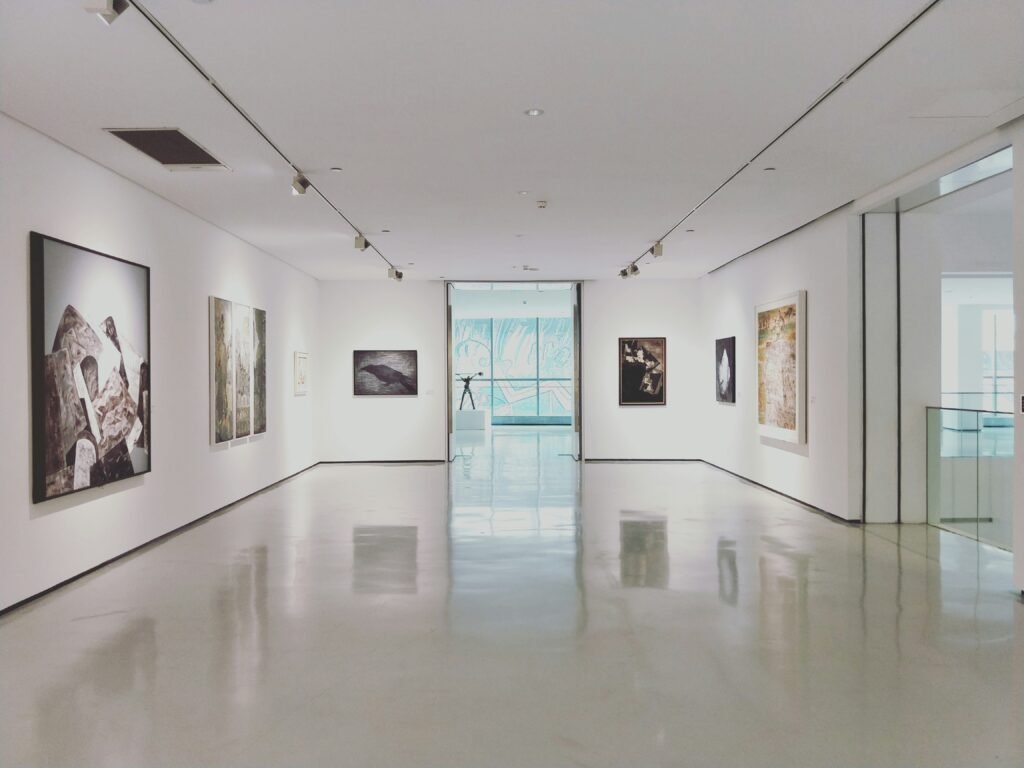
The United States Holocaust Memorial Museum offers a powerful collection of permanent and temporary exhibits. Each exhibit is carefully curated to deepen understanding of the Holocaust and its lasting impact on humanity.
It covers events from the rise of Nazi Germany in the 1930s to liberation and the post-war years. Visitors engage with a mix of survivor testimonies, photographs, artifacts, and multimedia presentations. This approach immerses them in the difficult history presented.
A notable feature of the museum’s design is the use of survivor narratives. As guests explore the halls, they encounter poignant video testimonies. These narratives highlight the personal experiences of Holocaust survivors, revealing their struggles and resilience. This human connection complements visual displays and artifacts, creating a rich emotional and educational experience.
Artifacts, including personal belongings, transportation documents, and clothing, serve as powerful reminders of those affected by these events. The museum’s layout guides visitors through a chronological narrative, ensuring the emotional weight of history is felt. Each section leads visitors deeper into the unfolding story, prompting reflection on past atrocities and the importance of remembrance.
These exhibitions promote ongoing engagement with new scholarship and storytelling. Educational programs and outreach initiatives extend the museum’s impact on schools and communities. Through these efforts, the United States Holocaust Memorial Museum remains a vital institution for education, commemoration, and human rights awareness.
Education and Outreach at the Museum
It recognizes the importance of promoting awareness about the Holocaust and tackling contemporary issues of intolerance and discrimination. The museum offers various educational programs designed to equip educators and the public with the tools needed to understand this tragic historical event and its relevance today.
A key focus of the museum’s outreach is developing comprehensive resources for teachers. This includes workshops tailored to different educational settings, interactive lesson plans, and materials that support teaching the Holocaust as part of human rights education. By partnering with schools, the museum enriches the teaching experience and enhances students’ understanding of the Holocaust and its lessons.
Additionally, the museum trains educators to facilitate discussions about tolerance, diversity, and human rights. This training equips teachers with strategies to address these topics sensitively and effectively. As a result, they can create classroom environments where students engage in meaningful conversations about the past and its implications for our present and future. The museum’s outreach also extends to public programs, enriching community understanding and promoting dialogue on social justice issues.
In today’s digital age, the museum uses technology to broaden its impact. Online resources, virtual workshops, and digital exhibits allow it to reach a wider audience. This accessibility breaks geographical barriers and makes educational content available to a diverse population.
Through these initiatives, the United States Holocaust Memorial Museum fosters awareness and understanding. It is committed to preventing future atrocities through a comprehensive approach to education and outreach. This dedication reflects the museum’s belief in the power of knowledge as a catalyst for positive change in society.
Visiting the Museum: Visitor Experience
The United States Holocaust Memorial Museum offers a deeply moving experience, inspiring remembrance and resilience. To make the most of your visit, it’s important to know some practical details. The museum is open most days from 10:00 AM to 5:30 PM. During peak seasons, it may extend its hours. Admission is free, but advanced online reservations are highly recommended, especially for larger groups. This helps avoid long wait times and ensures availability.
These tours enrich the visitor experience and can be tailored for various audiences, including students and adult groups. They are especially beneficial for those seeking a comprehensive understanding of the Holocaust and its relevance today. The museum is also fully accessible to individuals with disabilities, featuring ramps, elevators, and special resources to help navigate the exhibits comfortably.
Visitor testimonials highlight the emotional impact of the museum’s message. Many guests express a strong connection to the stories shared within its walls. Reviews consistently emphasize the atmospheric design, which complements the reflective nature of the museum’s themes.
In addition, guests often appreciate the opportunity to participate in discussions and events that deepen their understanding. By planning ahead and taking advantage of the available resources, visitors can fully engage with the museum’s mission to educate and inspire. This experience leaves a lasting impression, reminding all of the importance of remembrance and the lessons of the past. this essential journey through history.

